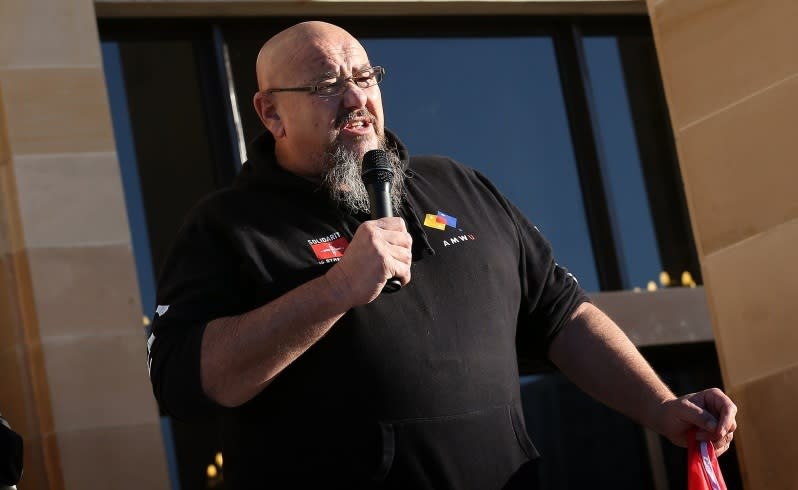Visa data divides unions, industry
Skilled migration to WA has dropped about 40 per cent as skill shortages dwindle but unions still argue there is an overrepresentation of migrant professionals and tradies.
There were 8610 primary applicants for the long-stay 457 visa to WA last financial year, a 41 per cent fall from 14,660 a year earlier.
The Australian Manufacturing Workers Union claims an undue focus in some sectors was denying local workers genuine job and training opportunities.
Census statistics from 2012 show professional jobs accounted for about 20 per cent of the local workforce. Trades and technicians accounted for under 17 per cent. Despite covering only 37 per cent of the State's workforce, the two sectors drew 75 per cent of all subclass 457 visa applications to WA.
AMWU Secretary Steve McCartney said while the migration program was designed to address shortages, he did not believe the vacancy rate warranted the current level of migrant workers.
"Each of these represents a job that isn't being filled by an Australian with the required skills, or a missed opportunity to train our kids," he said.
But the Australian Mines and Metals Association claims the drop in subclass 457 visas showed the program was in line with changing labour demands.
"Contrary to the misinformation in ongoing union scare campaigns, both the mining and construction industries have almost halved their use of 457 visa workers," Scott Barklamb, AMMA executive director, said.
"This proves the 457 program is responsive to changing industry skills demand and broader labour market trends.
"As labour demand has eased, demand for international skilled labour has fallen. "
Mr Barklamb said the fall followed the removal of the individual business cap for 457 visa applications earlier this year, which he claims had previously drawn hysterical and false warnings of an uncontrollable influx.
Nationally, the subclass 457 visa program also fell 40 per cent last financial year, drop- ping below 50,000 primary applicants.



